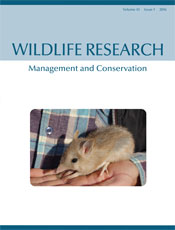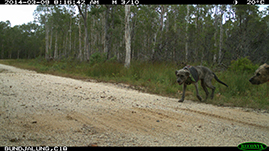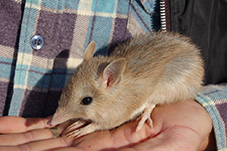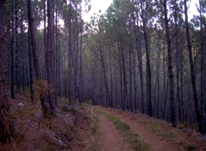WR14257Soft-release versus hard-release for reintroduction of an endangered species: an experimental comparison using eastern barred bandicoots (Perameles gunnii)
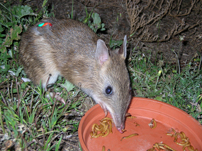
Soft-release measures have commonly been used for reintroductions of endangered species, yet they are rarely experimentally tested for effectiveness in improving reintroduction success. We tested an acclimatisation soft-release against a hard-release control group for the eastern barred bandicoot Perameles gunnii [mainland subspecies], which relies on reintroduction for its survival, and found that despite some differences between the groups, soft-release did not confer a substantive advantage to establishing bandicoots. Our study suggests that a hard-release may be suitable for future releases of this species and contributes to a broader understanding of the usefulness of soft-releases in reintroductions. Photographer: Jasmine de Milliano.


